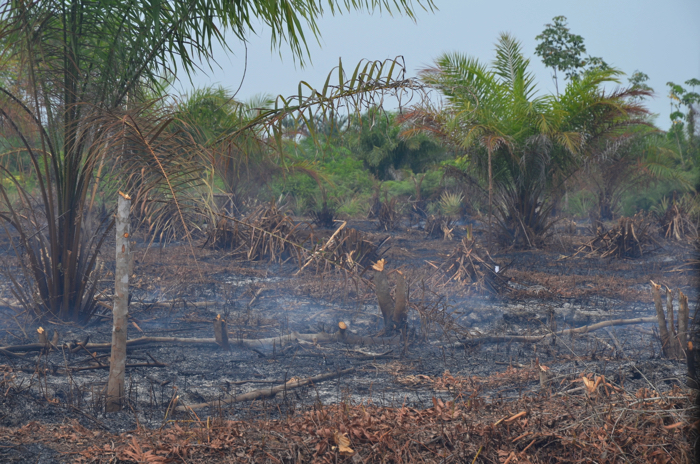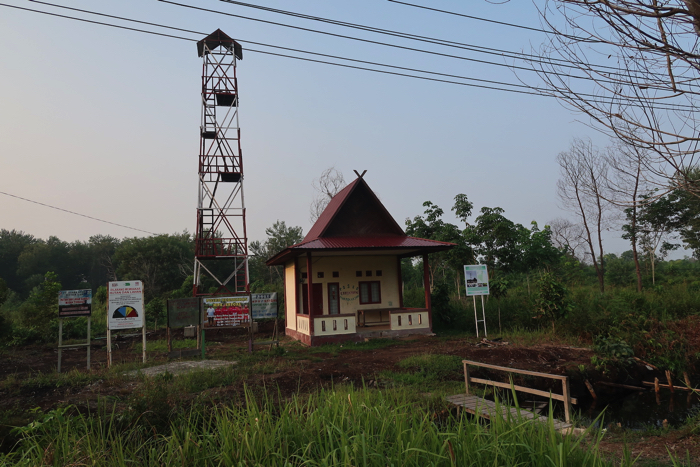- Project Leader : Onda Nariaki (Kyushu University, Institute of Decision Science for a Sustainable Sciety)
- Collaborators : Kozan Osamu (Kyoto University, Center for Southeast Asian Studies)
- : Shimamura Tetsuya(Ehime University, Graduate School of Agriculture)
Outline of Research
Peat fire control is a global issue due to its ability to mitigate climate change. This study identifies 1) clear responsibility according to the law, 2) participant motivation, and 3) organization of human and physical resources as the ‘fire fighting infrastructure’ necessary for community fire brigades to function. We will analyze the relationship between this infrastructure and fire occurrence in order to clarify the impact of differences in infrastructure conditions on firefighting activities at the community level in Sumatra and Kalimantan, Indonesia. The results will be based on a field survey and interviews with fire brigade members.
Description
The purpose of this study is to clarify the challenges of peat fire prevention governance through clarifying the factors that enable community fire brigades (Masyarakat Peduli Api or MPA) to operate effectively. In parallel, by focusing on community fire brigades, the research will also examine the layers and paradigm shift of forest governance in Indonesia more broadly.
Peat fire causes various environmental problems. At the international level, the release of greenhouse gases to the atmosphere from peat fire accelerates global warming. At the same time, the smoke from peat fires causes deadly transboundary haze that is the subject of international criticism. In addition, ruined land is expanded by the abandonment of firedamaged areas, causing deforestation and loss of stable livelihoods for local people.
This study has the potential to contribute to solving these problems by clarifing the infrastracture needed for community fire brigades to function effectively. In the context of peatland conservation, forest development and industrial and/or oil palm plantation companies have been criticized for the negative impacts of their operations on the natural and social environment. However, the roles and responsibilities of these companies in peat fire prevention are important. The community fire brigade functions as a interface between these companies and local communities. This study’s unique contribution is to uncover the role and actions of companies in collaborating with local communities for peat fire prevention. By clarifying the factors that enable the community fire brigade to function effectively, the research can be expected to support future successful firefighting activity.
 Establishment of agriculture without burning is required |
 Community fire brigade office established with the support of plantation company and village administration |
